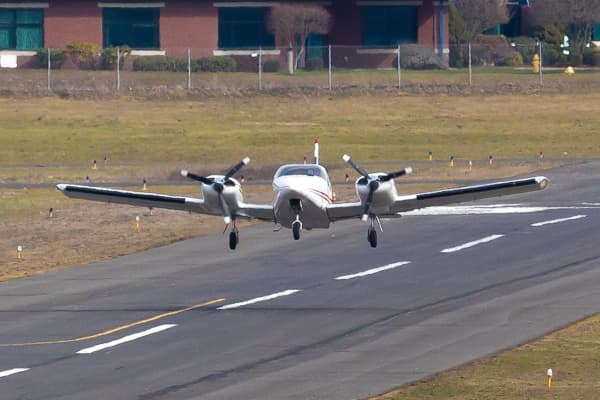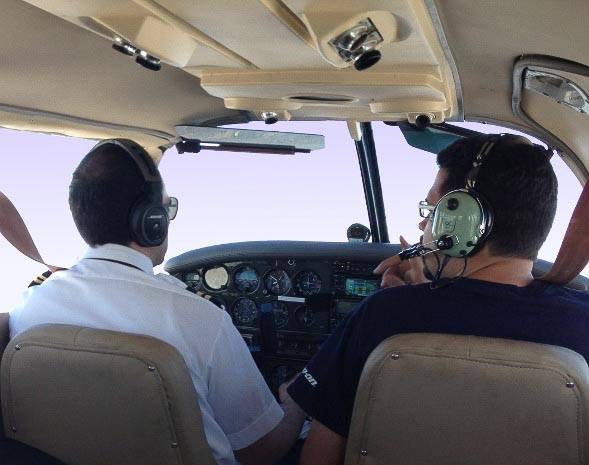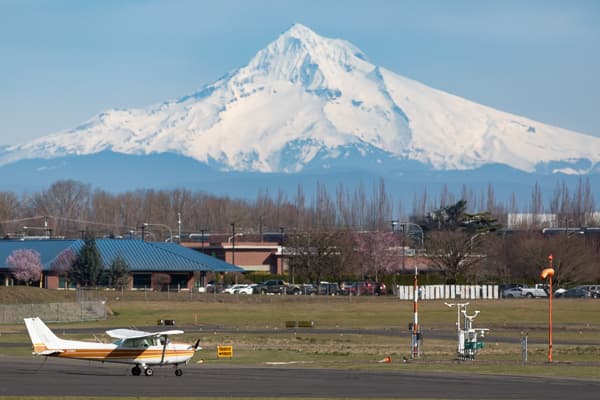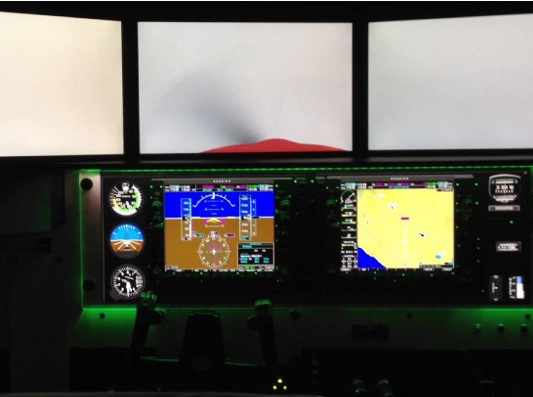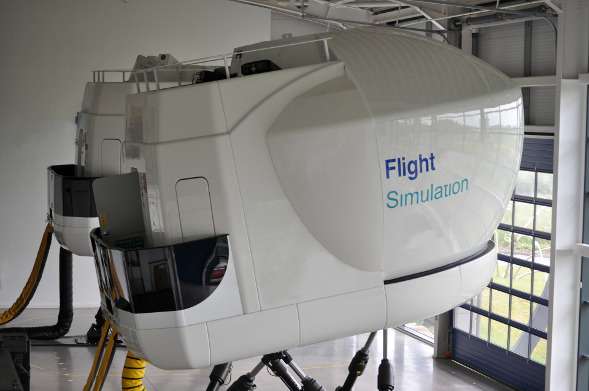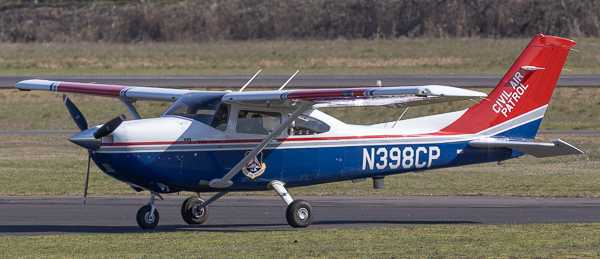Tune in and copy down ATIS BEFORE starting the engine - Before departing for the day, copy ATIS with engine OFF! It is much easier to listen to ATIS while the cockpit is quiet. In most cases, pilots need to listen to ATIS more than one time. If this takes 5 minutes you will save $16.67 per flight (aircraft cost at $140 an hour and an instructor is 60 per hour = $3.33 per minute * 5 minutes = $16.67) Let's say it takes 150 flights before you make the transition from paying to fly to being paid to fly, you can save $2,500 dollars (150 * $16.67 = $2,500). While some will argue that this will kill the battery, this is NOT TRUE! I worked for 5 years in aircraft maintenance and never once saw this happen.
Side note - In my experience when a student pilot accidentally left the radios on (or master switch) after a flight, it took about 8 hours before the battery discharged so much that it could not start an engine.
